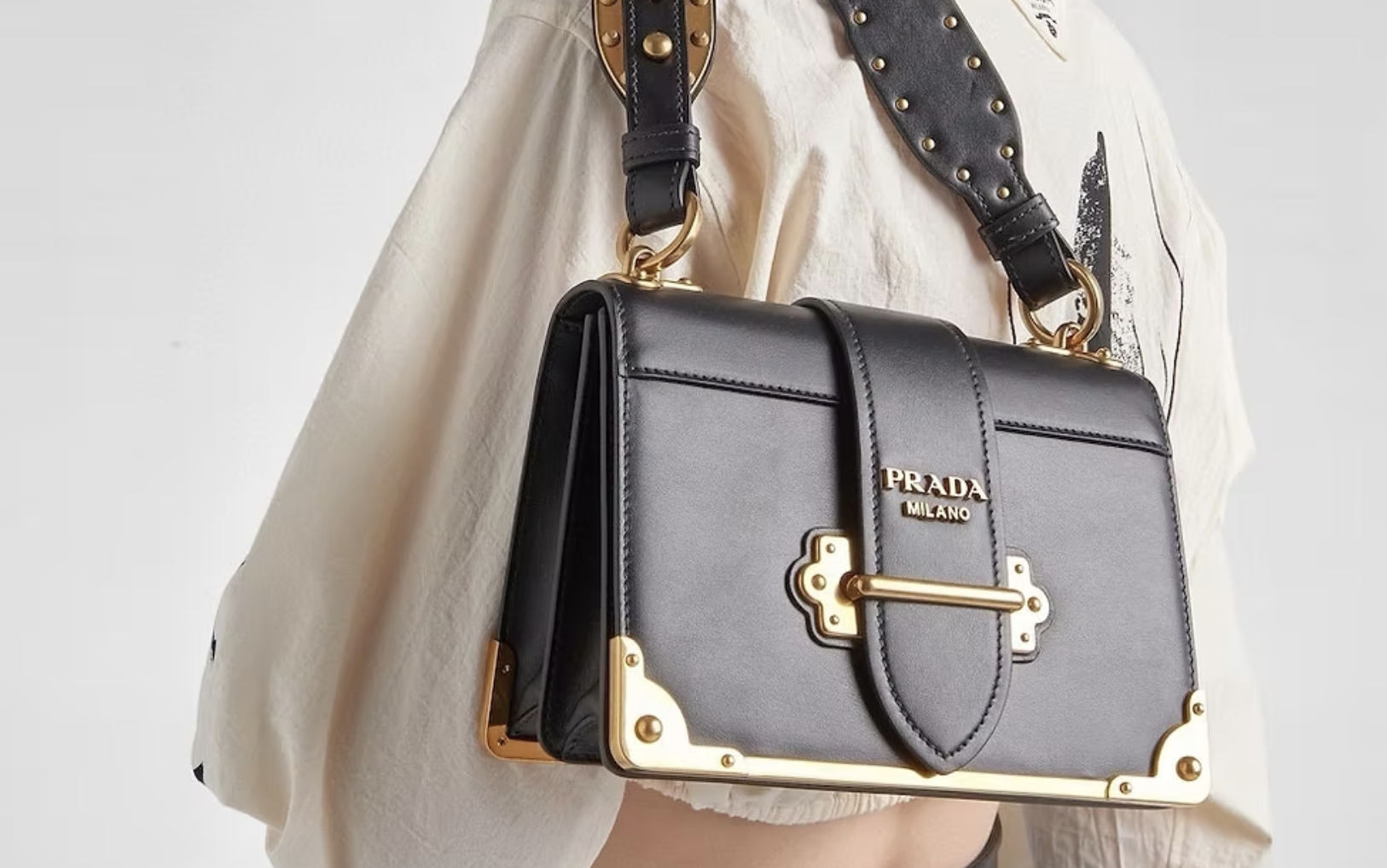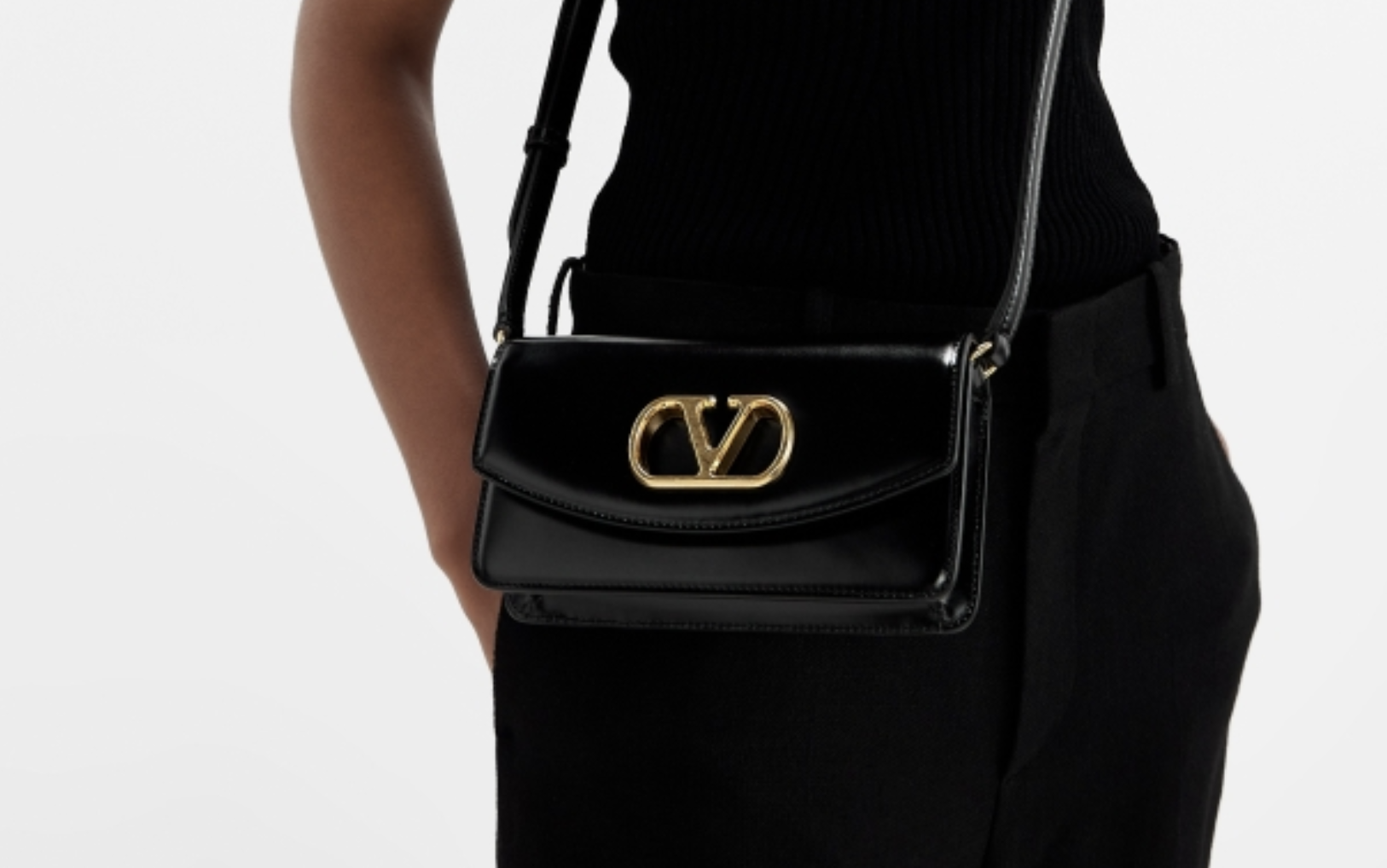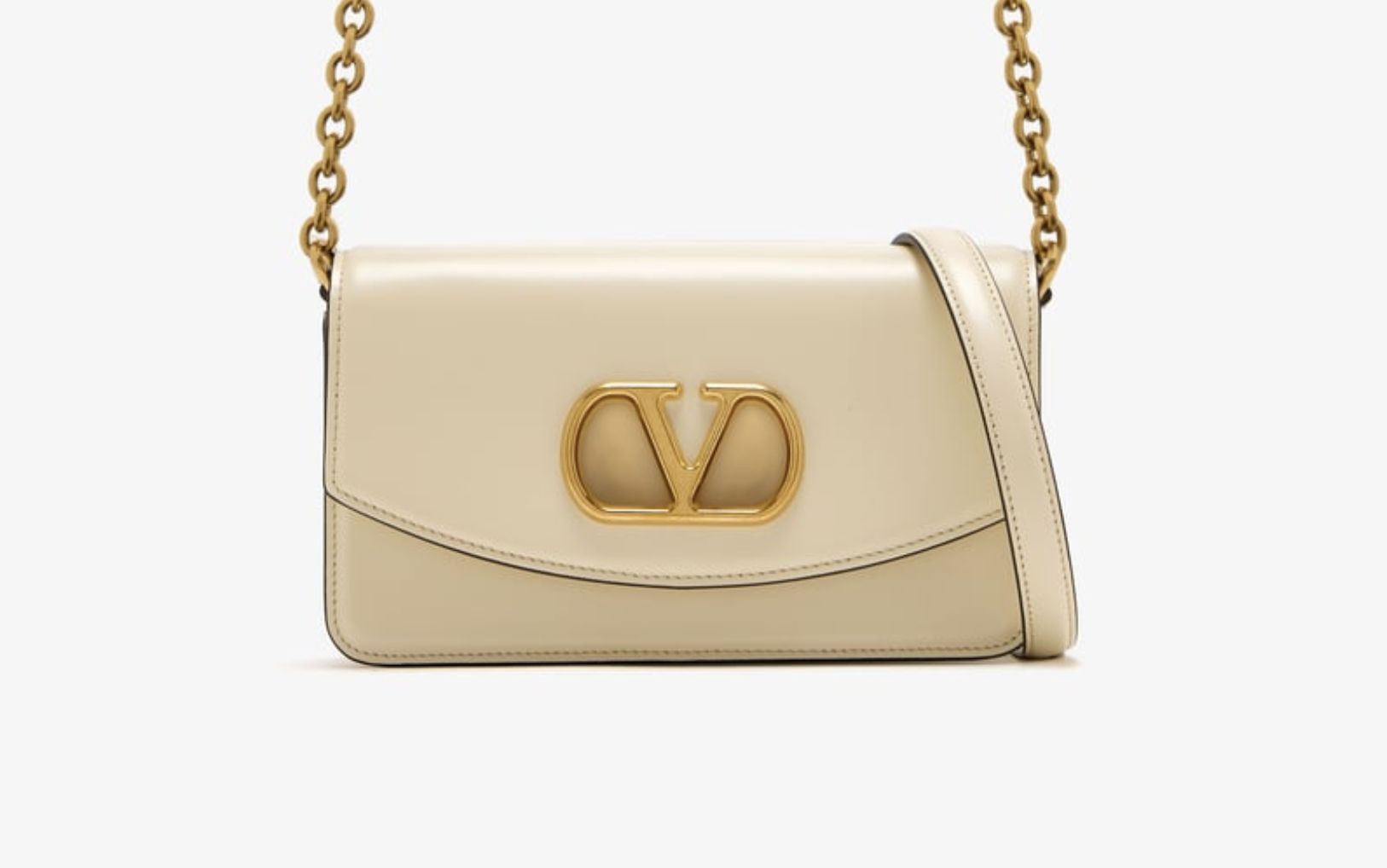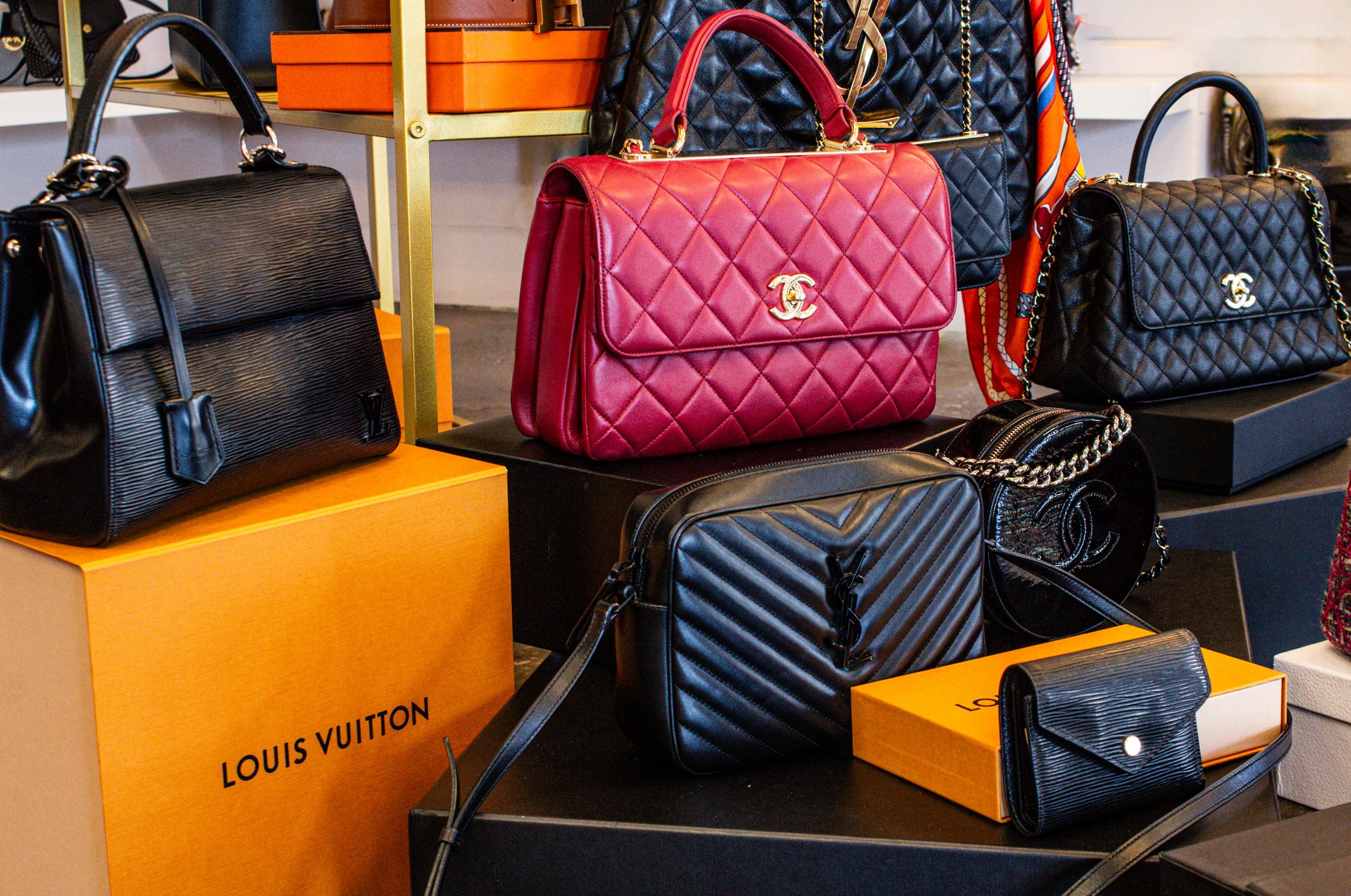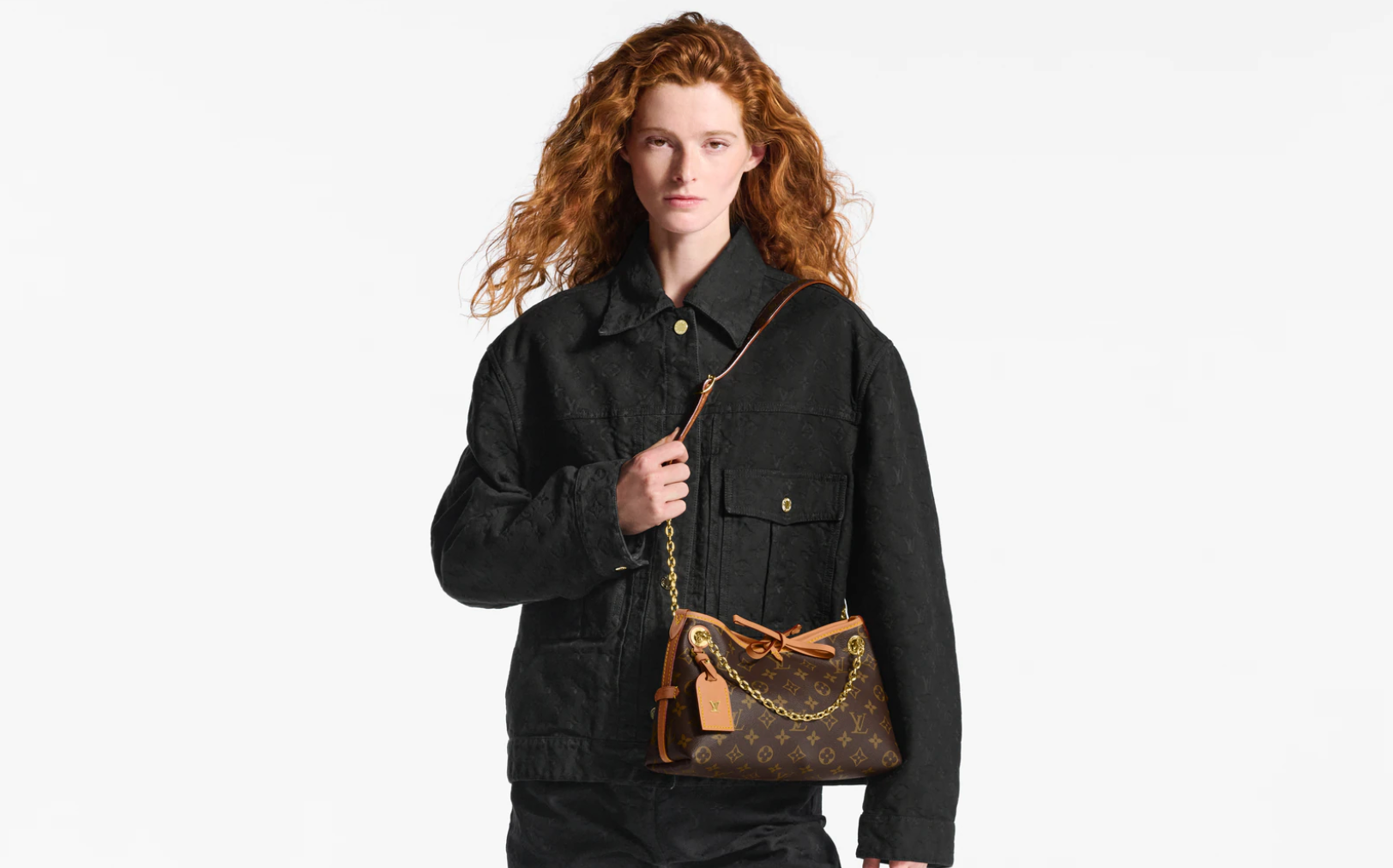How Designer Handbags Sparked a Movement: Mongolia’s Purse Protests and the Replica Revolution

How Designer Handbags Sparked a Movement: Mongolia’s Purse Protests and the Replica Revolution
Thea Elle
Usually, fashion doesn’t kick off political uprisings. But in 2025, Mongolia proved that’s not always the case. Right between Russia and China, the country found itself in the middle of massive protests. And the thing that lit the fuse? Handbags. Not laws. Not elections. Handbags.
It all blew up after the prime minister’s daughter posted photos on social media, flashing designer bags, fancy cars, even a helicopter ride. Meanwhile, regular Mongolians were struggling with rising costs and tight budgets. The contrast was impossible to ignore. The internet exploded, and soon enough, people were pouring into the streets.
Those luxury bags quickly turned into more than just accessories. They became symbols of the huge divide between the ruling class and everyday people. The protests weren’t really about the handbags themselves. But somehow, they totally were.
At the same time, in cities everywhere, another quiet change was taking place. People were turning away from overpriced designer logos and embracing replicas. Not to fool anyone — just to enjoy style without buying into the luxury game. Maybe it was a subtle way of saying that the old system isn’t working anymore.
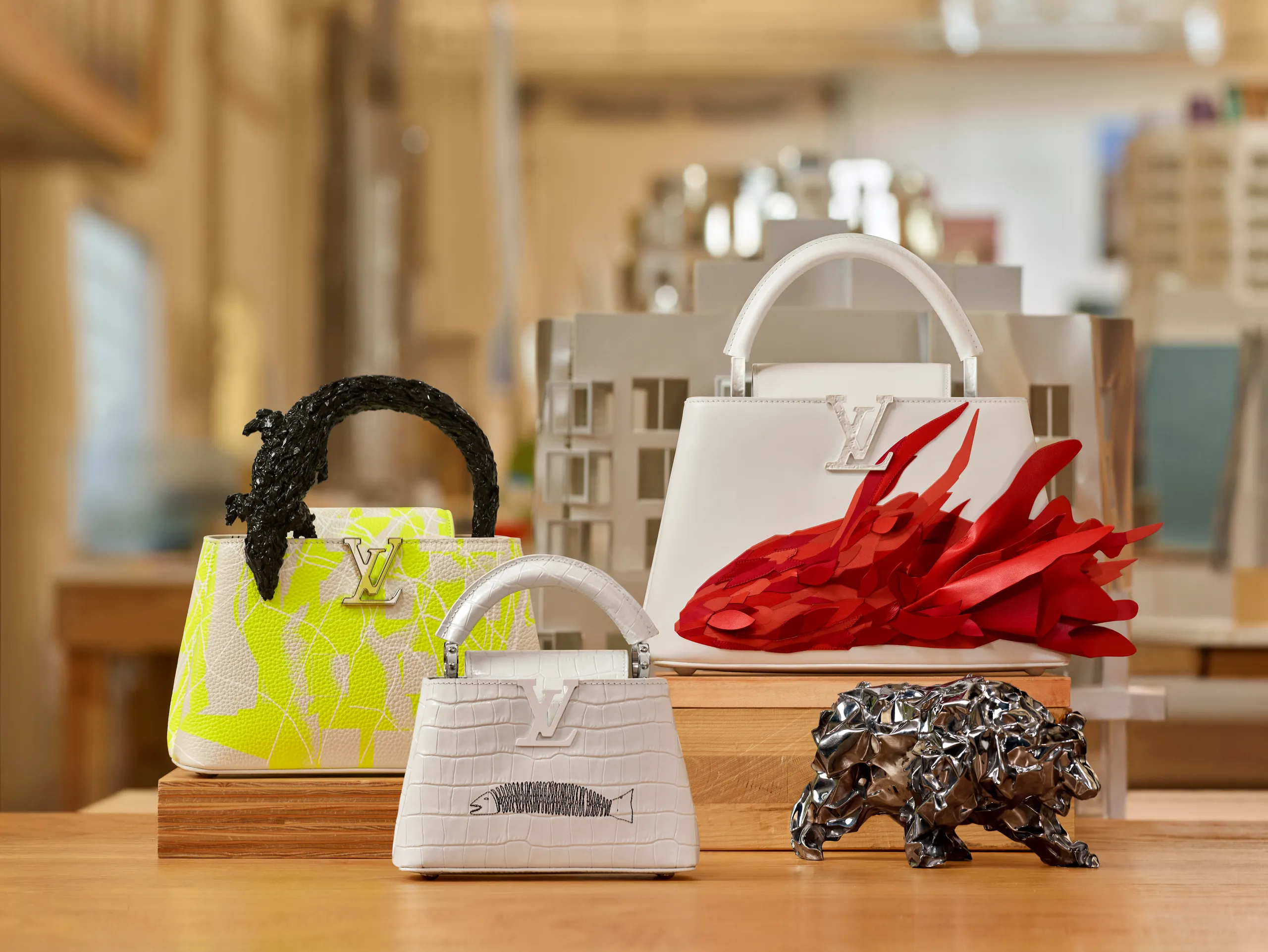
When Luxury Is More Than Just Fashion
A designer bag isn’t always just about looking good. Sometimes it’s the thing that sparks something much bigger. That’s exactly what happened in Mongolia when the prime minister’s son went viral for flaunting his life full of DIOR and HERMÈS bags, private helicopters, and flashy diamond rings. Meanwhile, most people were barely scraping by, so the timing felt all wrong.
People were already fed up. Prices were climbing, the air was getting worse, and families were stretched to their limits. So when these luxury posts hit social media, it wasn’t just out of touch — it felt like a punch in the gut. What would normally be a status symbol suddenly became a glaring sign of how disconnected the country’s leaders were from everyday struggles.
We’ve always known luxury isn’t just about cash. Now it’s about being seen. It’s about power. And sometimes, it’s about pushing back. In Mongolia, the bag wasn’t the point — it was what it stood for. And people had finally had enough of staying silent.

Skipping the Social Markup
There’s a quiet revolution stirring in fashion right now. Replica handbags, crafted to mimic the iconic styles of CHANEL, LOUIS VUITTON, and HERMÈS, are changing the game on what luxury really means. These aren’t about fooling anyone. They’re about getting the look without the insane price or the fashion world’s usual gatekeeping.
While real designer bags sparked protests in Mongolia, replicas offer something else entirely. Freedom. Freedom from worrying about scratching a bag worth a small fortune. Freedom from having to prove your status with a label. Replicas let you wear what suits your style, not just what shows you belong to the elite. They’re a way to own your look without being chained to a price tag or a brand name.
Choosing a replica might seem small, but it’s actually a pretty bold move. It says you care more about how something looks and feels than about a logo. It’s not a loud rebellion, just quietly stepping away from the hype and choosing style on your own terms.

Fashion That Makes a Statement
Mongolia’s handbag protests made everyone stop and think. Fashion isn’t just about clothes or bags. It’s a reflection of who we are, what we stand for, and where we fit in society. Nothing we wear is neutral. The rise of replica bags is part of a bigger story.
These bags are more than copies. They quietly challenge the idea that style and status are only for a select few. In a world where the gap between rich and poor feels wider every day, picking a replica is a way to take back some power. It’s a subtle kind of protest you carry with you.
Choosing a replica bag means you’re making a statement without shouting. It says you know what you want and you won’t pay extra just for a name. It pushes back against the idea that luxury should be reserved for the wealthy. It opens the door to style for everyone who wants it.

Why Replica Bags Are Making a Comeback Right Now
Replica luxury bags are having their moment, and it’s no accident. With the gap between the wealthy and everyone else growing wider, picking a replica feels like a small but meaningful way to say enough is enough. It’s a low-key rebellion against the sky-high prices and the “only for the elite” mindset of the luxury world.
Wearing a replica isn’t about pretending to be someone else — it’s about owning your look without the fuss. The replica trend is turning luxury on its head. It’s making those coveted styles accessible to more people, while giving a wink to anyone tired of the power plays behind big designer brands.
Fashion That Speaks From the Heart
Luxury has never been just about flashy logos or expensive bags. It’s about what those things say about who we are and how society is set up. The handbag protests in Mongolia showed how fashion can call out unfairness, and the replica movement proves you can reclaim style without buying into the system.
Carrying a replica today means you’re wearing your values loud and proud. It says you believe style should be for everyone, not just those who can shell out big money. It’s about keeping things honest, open, and yes — looking great while doing it.








